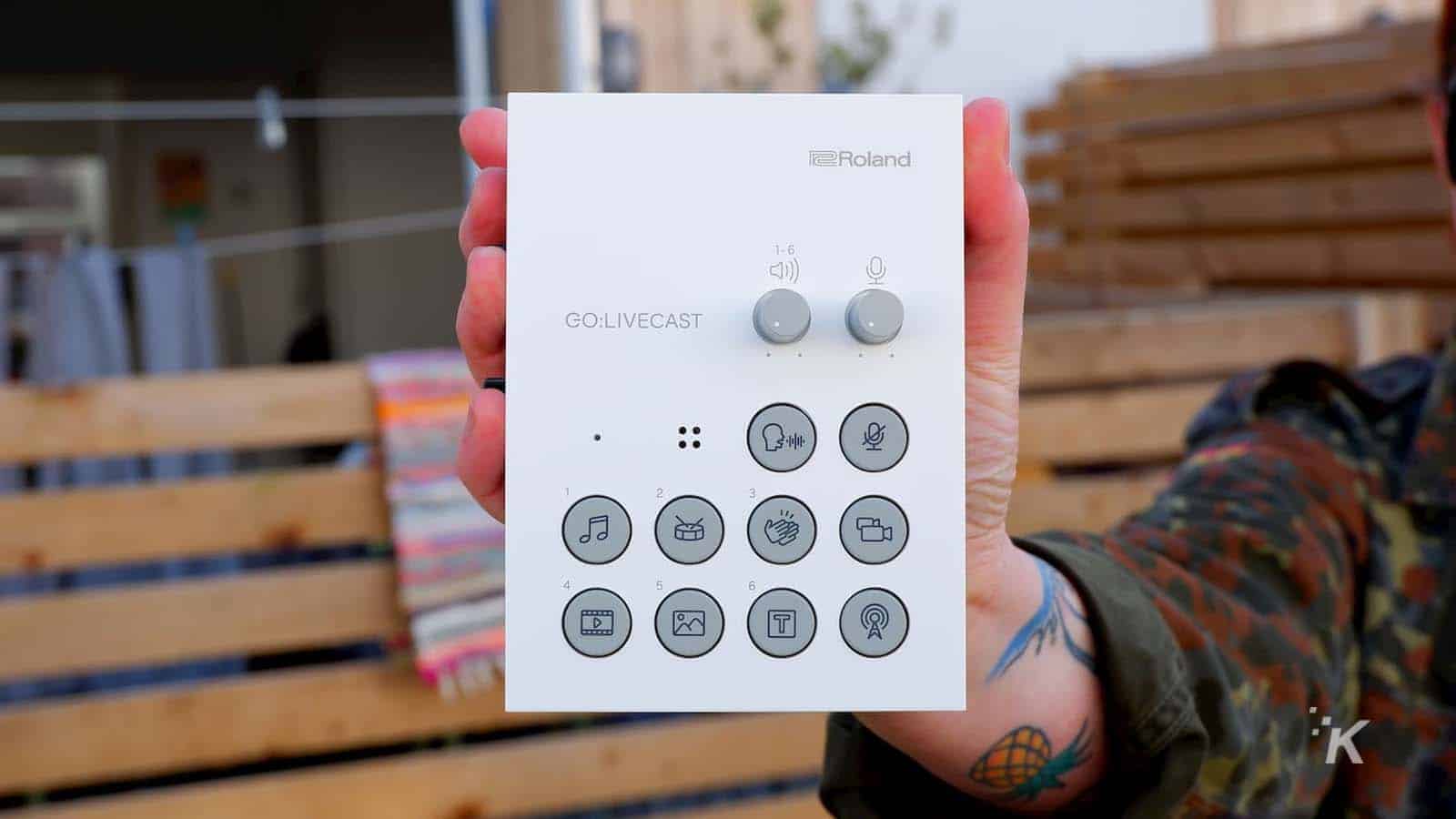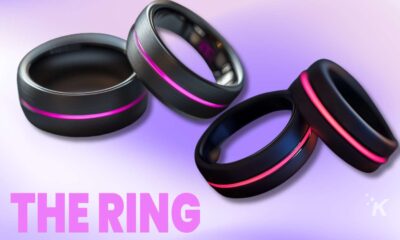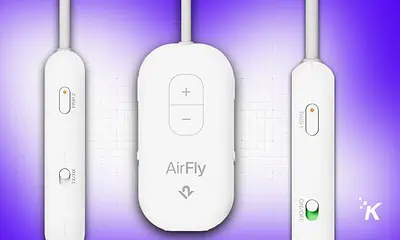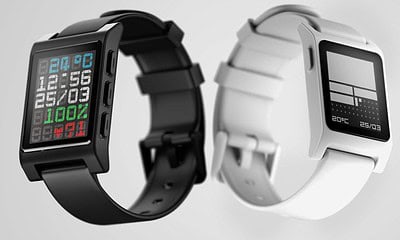Gadgets
Review: Roland Go:Livecast – smartphone streaming, simplified
Livestreaming from a smartphone can be a pain, can Roland help?

Just a heads up, if you buy something through our links, we may get a small share of the sale. It’s one of the ways we keep the lights on here. Click here for more.
[letsreview postid=”117527″]
Livestreaming was once largely the preserve of the gaming elite. Then coronavirus became a thing. Suddenly, schools and businesses were forced to grapple with this unfamiliar technology, in order to retain some semblance of normality and continuity.
Coincidentally, a couple of months ago, Roland launched the Go:Livecast streaming deck, which aims to make smartphone-based streaming easier and better. And at $250, it’s reasonably affordable. But is it worth the investment?
Can you hear me now?
Roland already sells some livestreaming kits, although they’re primarily aimed at professional users. Consequently, they look like control panels that were crowbarred from Apollo Moon Lander. Comparatively, the Roland Go:Livecast is a simpler affair.
The back of the device contains two microUSB ports: one to power it, and another to connect your compatible device. The Go:Livecast plays nicely with recent iPhones and iPads, as well as a smattering of Android phones.
Of course, there’s a bit of a snag here. Although Roland has kindly bundled the kit with a MicroUSB-to-Lightning cable, they’re pretty awkward to replace. You won’t find one at your local BestBuy or Walmart — although Amazon has a decent selection.
The dashboard comes with a simple array of functions, which should be more than adequate for the livestreaming or podcasting hobbyist. Users can switch control audio inputs, and automatically display pre-created visuals or text with the press of a button. All of this is controlled with the Roland Go:Livecast app, which is available for Android and iOS, and works with most major streaming platforms, including Facebook, Twitch, and YouTube.
The Go:Livecast comes with an integrated microphone that was clear, but lacked the oomph of a dedicated microphone. On this front, users get two options: on the left-hand side, there’s a 3.5mm combo jack for a headset. To the right of the device, there’s a chunky hole for an XLR microphone.
The biggest omission here is a standard USB port, meaning I couldn’t use my trusty Yeti Blue Nano microphone. Given most hobbyists will likely already have a USB microphone, this is a touch disappointing, and something I hope Roland remedies in a future update.
At least Roland has given some thought to the visual side of streaming. The app automatically recognizes the orientation of the phone, while you can add an extra smartphone camera over Wi-Fi. The dashboard lets you switch between cameras, and in our experience, it was fairly fluid.
The unit we received was fairly light, making it easy to throw into a backpack. That said, it doesn’t feel the strongest, and I worry about its ability to withstand the most routine knocks and scrapes. Given the price point, it’s a little disappointing Roland didn’t bundle the device with a hard-shell carry case.
Is the Roland Go:Livecast worth it?
The Roland Go:Livecast wins points for the amount of functionality it bundles at such a reasonable price-point. You can easily add cameras and pull up pre-recorded visual effects without the need for a degree from Full Sail University. It makes a lot of audio-visual tasks, which were previously complicated, straightforward.
There are a few grounds for criticism. Android support feels a bit like an afterthought and this device feels like it was built primarily for iOS users.
The internal microphone is good, but aspirational producers will want something more powerful, and the lack of USB support undermines that massively. You’ll also want a decent smartphone tripod, which doesn’t come bundled with the kit.
The Go:Livestream also loses points for using a relatively obscure cable to connect smartphones to the device. Like I said, you’ll struggle to find a MicroUSB-to-Lightning at your local store. And the white chassis of the device picks up blemishes and marks far too easily.
Still, for hobbyists and journeymen, it’s a solid piece of starter kit for streaming. You can grab one on Amazon for $250.
Editors’ Recommendations:
- Review: Nuu Mobile X6 smartphone – perfect for mobile game streaming
- Review: Call of Duty: Modern Warfare 2 Remastered – more like Modern Borefare
- Review: The VNYL Cam – a solid instant camera, if not for the whole lockdown thing going on right now
- The best Twitch streaming gear you can get for under $100
Just a heads up, if you buy something through our links, we may get a small share of the sale. Click here for more. A sample unit was provided for the purpose of this review.































